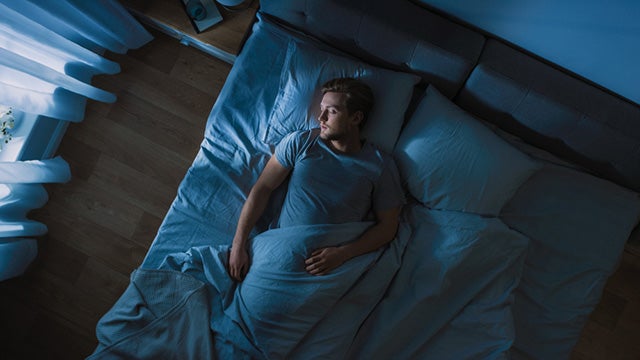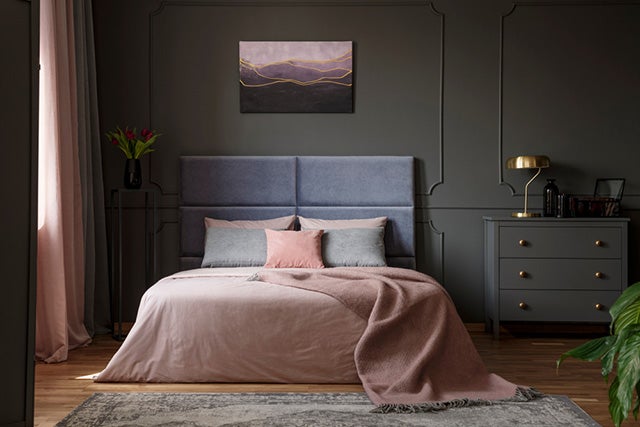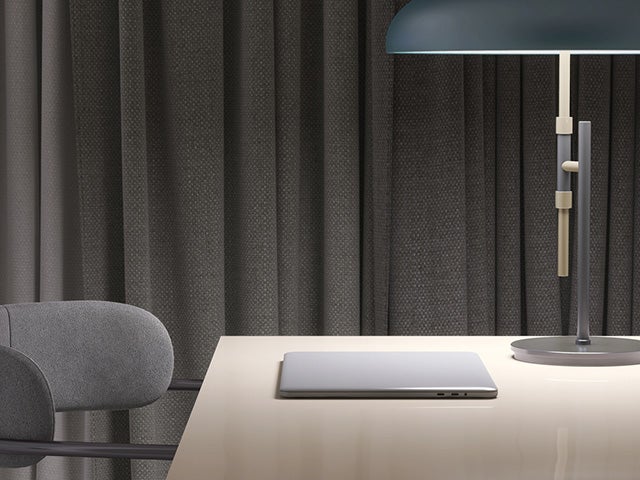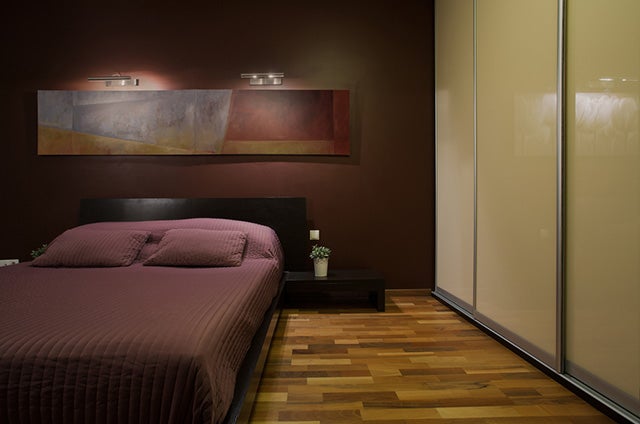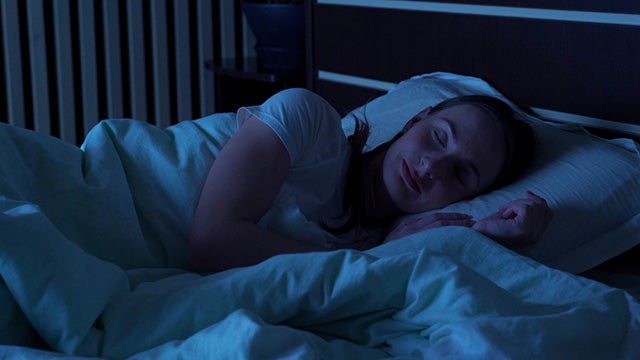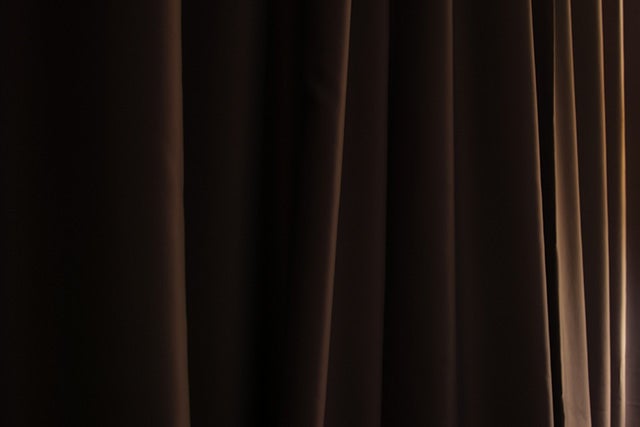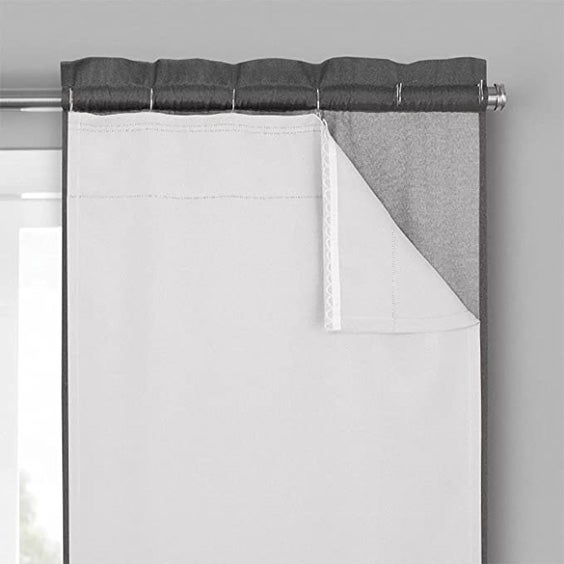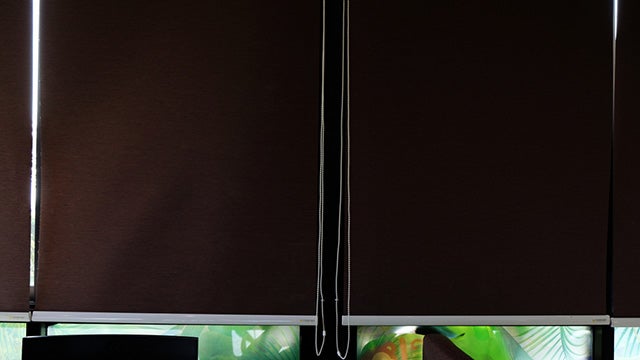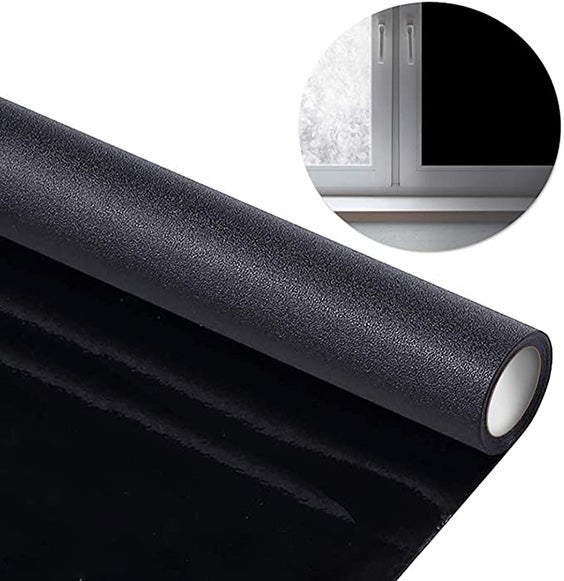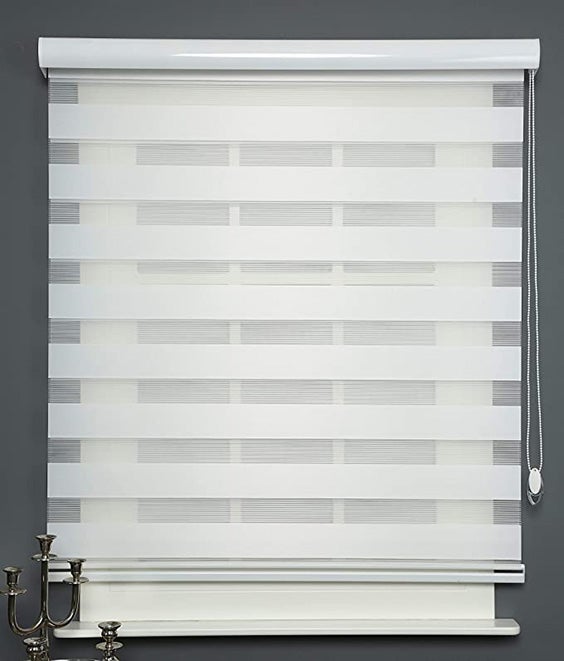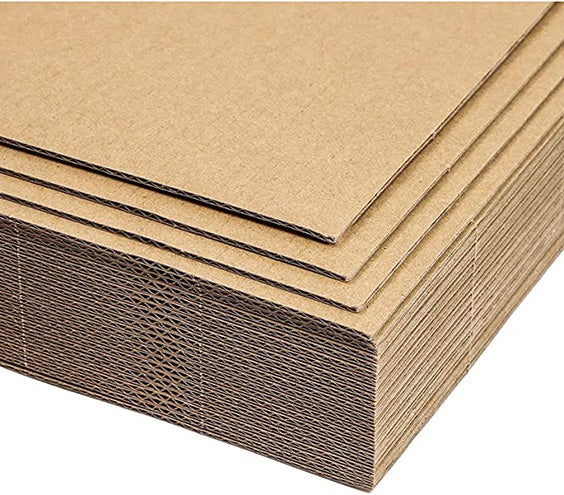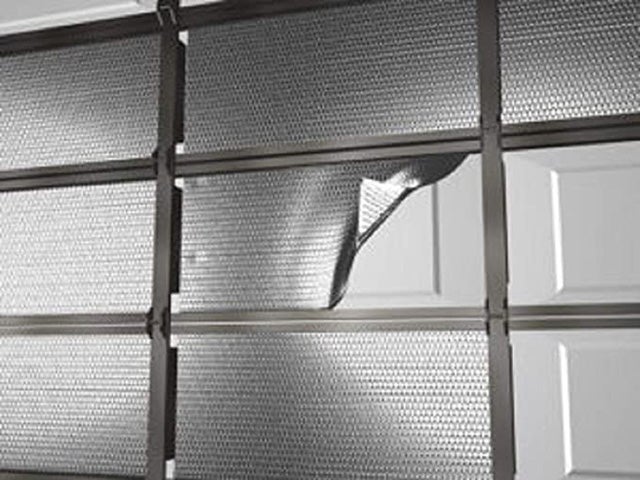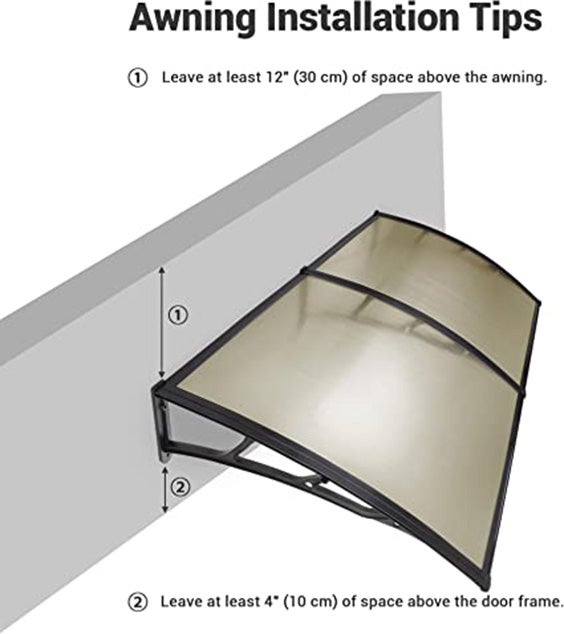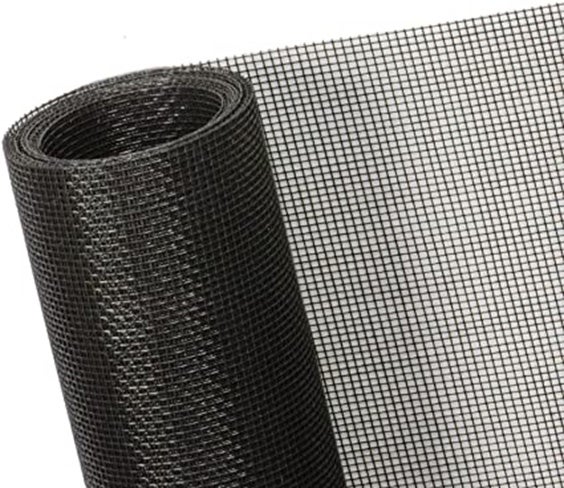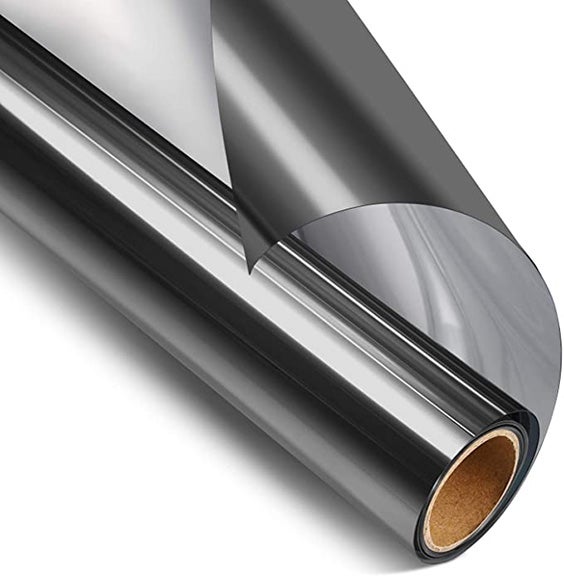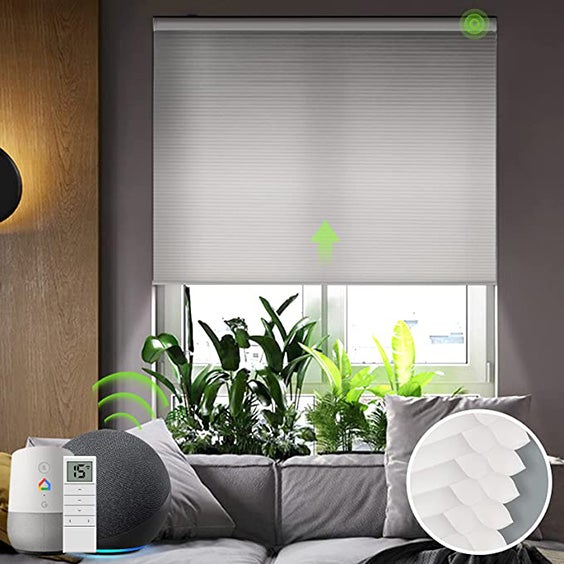Depending on your needs, there are various ways to blackout your windows in a semi-permanent manner, or in a way that allows you full control over your lighting.
Blacking out your windows is a great way to block outdoor lighting for various reasons. Perhaps you work a night shift and need uninterrupted sleep through the day, maybe you need a dark room for napping children, or maybe you need to keep a room cooler and reflect heat from the sun. No matter your reason, you need a solution that works, and we have some ideas to help you decide the best ways to blackout your windows below.
Reasons to Blackout Windows
Blacking out a window doesn’t mean you have anything to hide. In fact, it is a popular way to create a healthier sleep environment and help with energy consumption. It also doesn’t have to be a permanent solution and many techniques provide you full control over when your windows are covered.
Let’s take a look at some of the reasons why you might want to black your window out:
— Darken a Room for Circadian Cycle Support
Our bodies fall into a cycle of waking and sleeping, often based on how our brains react to daylight. This is called a circadian cycle. We often get ourselves off this cycle with artificial lighting and blue light emittance from screens which can make us feel tired and sluggish.
This is also true if we work through what might be traditionally considered a time to rest. Darkening a room in order to sleep during daylight hours can help our brains stop reacting to daylight and allow us to get a deeper, more restorative rest.
— UV Protection
UV rays from sunlight will eventually fade colors and damage materials. If you happen to have a window that gets full sunshine, you may want to consider solutions to help block those rays to protect the materials in the room – such as rugs, carpeting, upholstery, and materials on pillows or throws. It can also damage wallpaper or even pictures or art you have on display.
— Balance a Heating and/Or Cooling Bill
Did you know a third of your heat and air conditioning escapes through your windows? You also may find that your rooms heat up more quickly from thermal energy through windows – which can offset your air conditioning. Blacking out a window provides a layer of thermal protection to avoid loss, as well as works to reflect sunlight and thermal energy increases. Overtime, this saves you on energy costs.
— Privacy
Sometimes you just need privacy, especially if you have windows in close proximity to another home or apartment. Blacking out windows to avoid an intrusion on your life is an inexpensive solution to an uncomfortable problem.
— Helps Muffle Sound
Adding some of the following blackout solutions also will work to muffle or block sound. This is particularly helpful for when you are trying to catch up on sleep, or want your children not to be disturbed by day to day noises.
Ways to Blackout Windows
There are quite a few ways to black your windows out when needed. Some are temporary and under your control, while some are semi-permanent and allow you to walk away without any worry of having to open, close, or maintain your solution.
• Blackout Curtains
Blackout curtains are a popular go to for many reasons. First, they are incredibly effective and are made from layers of material to help block light and sound. They also can help with blocking thermal energy loss by up to 25%. As a durable, long lasting choice, they are a clear winner. Plus, they are easy to secure back when you want the light to come through.
The biggest drawback is they are fairly limited in style and colors, so they may not match your decor well.
• Curtain Liners
If you hate the style options blackout curtains provide, you can also opt for a blackout curtain liner. These are generally not as thick as the blackout curtain, but you can use them to layer under the curtains of your choice for a more effective use. Plus, they can be pulled back just to leave your decorative curtains showing, making them a versatile choice for your decor.
• Blackout Blinds/Shades
Blinds and shades designed for light blocking are usually made from a heavier plastic or even balsa wood materials, and can be secured to the window frame ro block light from seeping in around the edges. These are usually a popular choice for anyone who wants to open and close blinds depending on their needs.
• Blackout Window Film
Blackout film is a static-cling application that is treated with pigments to provide total light blockage for darkness and privacy. They block heat as well for energy savings. They are perfect for renters, but are considered semi-permanent because once up, you don’t want to peel them off until you are ready to remove them.
• Roller Shutters
Roller shutters can be completely blacked out or tinted, but the way they sit against the window makes them perfect for layering with your choice of curtains. Plus, they are easy to use for whenever you need them. They also are very effective against neutral elements and work to hold in heat, or keep heat out, and also insulates well against the cold.
• Homemade Solutions
If you want a fast, inexpensive solution and are not too worried about what it looks like, you can easily use cardboard layering which also offers excellent insulation and sound blocking.
Aluminum foil is also effective and works to reflect sunlight for thermal control. Foil is also malleable so you can make sure all small cracks are covered for total darkness.
And last, but not least, you can paint the windows to clock light. Most paint easily scrape free from a smooth window surface for easy removal. You just won’t get much thermal or sound protection with painting.
Alternatives to Blacking Out a Window
If you don’t truly need to black out a window, and are simply looking to provide some privacy or a way to block the harshness of direct sunlight, you may want to consider these alternatives. You can also take advantage of these along with blackout solutions to offset energy costs even more effectively, or to provide double the protection against daylight and sound.
• Awning Installation
If you aren’t sure you need to fully blackout a window, or like the idea of using more than one solution so you can take advantage of having full control over your lighting, you might appreciate an awning that helps block the direct lighting. Awnings shade your windows for thermal control and to avoid UV damage. They work well with other solutions on the occasion you want a darker atmosphere from time to time.
• Mesh Liners
Mesh liners are semi-transparent but work as a layer of material that provides shade without blocking your view of the outdoors. It does, however, provide privacy against anyone trying to look in, and can also work with an open window for air flow.
• Window Tints
Window tints are like window films but are not completely blacked out. They offer varying degrees of darkness for thermal energy savings, UV blocking, and privacy. They are usually peel and stick as well for easy application and removal.
• Half-Blinds/Curtains
Half blinds and curtains are great for privacy, or to block where sunlight might be shining a bit too brightly through the window. You can even use these with roller shutters and other solutions for more light blockage when needed.
Wrapping It Up
When you need to block daylight, provide some energy saving techniques, and control noise levels, you can use many of these blackout window solutions either on their own, or combined with other options for effective use.
The great thing about blacking out windows is they are usually solutions that you can control for semi-permanent or quick use when needed. Overall it can help with getting a sounder, more restful sleep and help with keeping napping children resting.
Photo credit: Gorodenkoff/Shutterstock; Motortion Films/Shutterstock;
Photographee.eu/Shutterstock; myboys.me/Shutterstock;
Grustock/Shutterstock; Evgeny Pyatkov/Shutterstock;
UM-UMM/Shutterstock; Dean Drobot/Shutterstock
